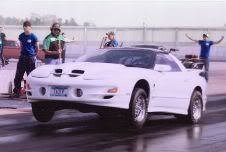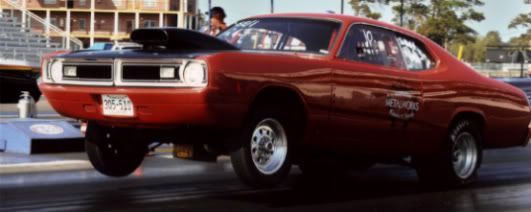If you want me to get this thing we can do it in your shop or mine. Just have to pop the valvecover off and pull a rocker and we can do it ourselves. Let me know. Traver
Announcement
Collapse
No announcement yet.
compression calculator
Collapse
X
-
Yes if you can get one lets do it, whenever is good for you, let me knowOriginally posted by ramairws6 View PostIf you want me to get this thing we can do it in your shop or mine. Just have to pop the valvecover off and pull a rocker and we can do it ourselves. Let me know. Traver
Comment
-
Is this the artical your talking about? http://www.babcox.com/editorial/ar/eb90252.htm
Here is another one that I think explains it very well also, http://cochise.uia.net/pkelley2/DynamicCR.html
Comment
-
I searched on another forum for my post from over a year ago that explains this topic in very simple terms. This is a little out of context for this thread but its as short and to the point as I was able to make it--------------------------
To simplify all this, many engine builders have a cranking cylinder pressure number that they look for that is relative to their fuel type. When this number has been achieved then they expect an optimum amount of torque without rattling the motor. These builders will then run out the motor to see how it runs above peak torque. Then in search of more horsepower these builders may try a different cam grind or compression change but they then start over and dial in the torque by first looking for that magic cranking compression number again before they run it out again.
To put it another way, this has allot to do with the intake valve closing period and then, that interaction with the static compression ratio. Lets say the cranking number is to low.
option 1. advance the cam so the intake closes sooner
option 2. a narrower lobe centerline angle so the intake closes sooner
option 3. less duration so the intake closes sooner
option 4. a shorter connecting rod so the intake closes sooner relative to piston position
OR option 5. raise the static compression ratio
I'm purposely trying to oversimplify this as a starting point because this is what allot of builders do. Knowing what that magic number should be for your given fuel type, starter speed, etc is the next issue. Beyond this it dose get more complicated as you run out the motor for peak horsepower but if you think of it in these terms you may be able to understand why a newer motorcycle can run on pump gas with over 11 to one compression ratio, its because you don't have to make the intake close sooner if you instead raise the static compression ratio.
Comment
 2001 Trans Am All Motor 9.75 @139mph
2001 Trans Am All Motor 9.75 @139mph
Comment